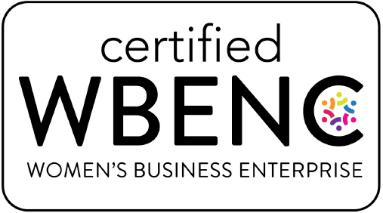Protecting Blockchain Inventions
Peacock Law is often at the forefront of disruptive technologies. One such technology is blockchain, which with proper intellectual property strategy, can generate incredible value. Who knows how this technology will change the world.
Blockchain technologies create self-validating systems.
Blockchain is a digital ledger that allows the validation of transactions across an entire interconnected network of computers that verify each transaction. Each transaction involves a cryptographic validation mechanism that verifies each transaction in real time via a process called “certification” that matches inputted data entries by solving a math problem. The blockchain is like a massive puzzle with each puzzle piece uniquely fitting together. Each puzzle piece, or data entry, is called a block, and as blocks are linked together, e.g., as the ledger of data is added to, a chain is created, and hence, the blockchain is created. The first block of the blockchain is called the genesis block. After the genesis block, each block matches to the one before it, as well as to the one after it. Thus, if one block becomes corrupted, the entire network would know. The publicity of this information increases not only the security of the algorithm, but it also makes it resistant to modification of the data because to overwrite just one block of the ledger, the entire ledger would need to be rewritten. To accomplish an entire rewrite would be highly unlikely with our modern computing power. This is why the blockchain algorithm is trusted.
Blockchain is disruptive because it is a force of decentralization.
Blockchain technologies decentralize the systems that currently facilitate transactions by enabling direct peer-to-peer transactions to take place. These transactions are trusted because the blockchain that keeps the ledger of transactions cannot be reversed. There is a high level of security in the fairly basic cryptographic exchanges that occur once a transaction is initiated because such transactions cannot be changed without an excess of computing power; and, in its current state, the technology is proving to be impervious to attacks.
Blockchain technologies promote the interconnectedness of society, make transactions direct rather than requiring an intermediary institution, and increase accessibility and ease of transaction for all who wish to transact using the blockchain algorithm. Some companies are employing private blockchains to transact, with the goal of simplifying transactions for clients, and running a more autonomous and interconnected organizational structure that increases efficiency and saves money.
Like any invention, blockchain technology can be a protected asset that generates value.
Creators of blockchain technology should consider how their technology can be protected – and any combination of strategies may be the best path forward depending on your business goals. For example, the underlying process may be patented if the patent is drafted to avoid problems of ineligibility that many process-based inventions suffer, and if it is novel and non-obvious. Any coding used to employ the process may be protected in copyright and/or as a trade secret.
While very few law firms have represented clients working with blockchain technologies, Peacock Law P.C., is uniquely poised to do so and has represented clients in this pioneering field.
For more information about protecting your blockchain ideas, give us a call today.


